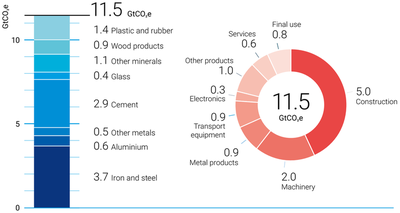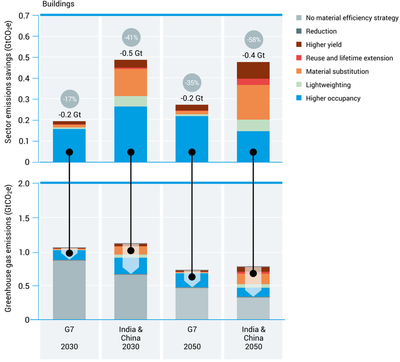Bridging the gap: enhancing material efficiency in residential buildings and cars

Abstract
Research has shown that demand-side material efficiency offers substantial GHG mitigation opportunities that are complementary to those obtained through an energy system transformation. Demand-side material efficiency widens the spectrum of emissions mitigation strategies and may therefore reduce the need for other risky, contested, unproven or expensive technologies. Knowledge gaps regarding the link between material efficiency and climate change mitigation continue to exist, especially regarding the efficacy of policies where the focus of material efficiency has largely been confined to the end-of-life stage, such as targets for increased recycling. Socioeconomic transformations are crucial to harnessing the full potential of material efficiency, as, for example, greater intensity of use implies significant changes in use patterns or car ownership.
Chapter 7 of the UN Emissions Gap Report 2019
Figures

